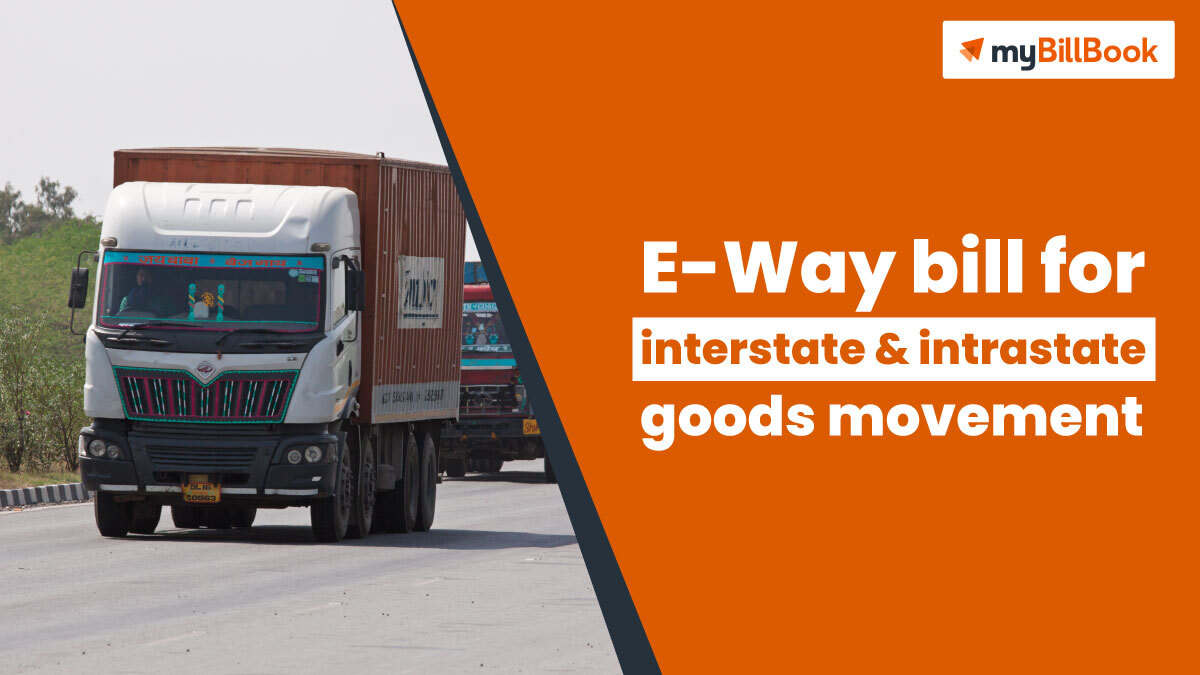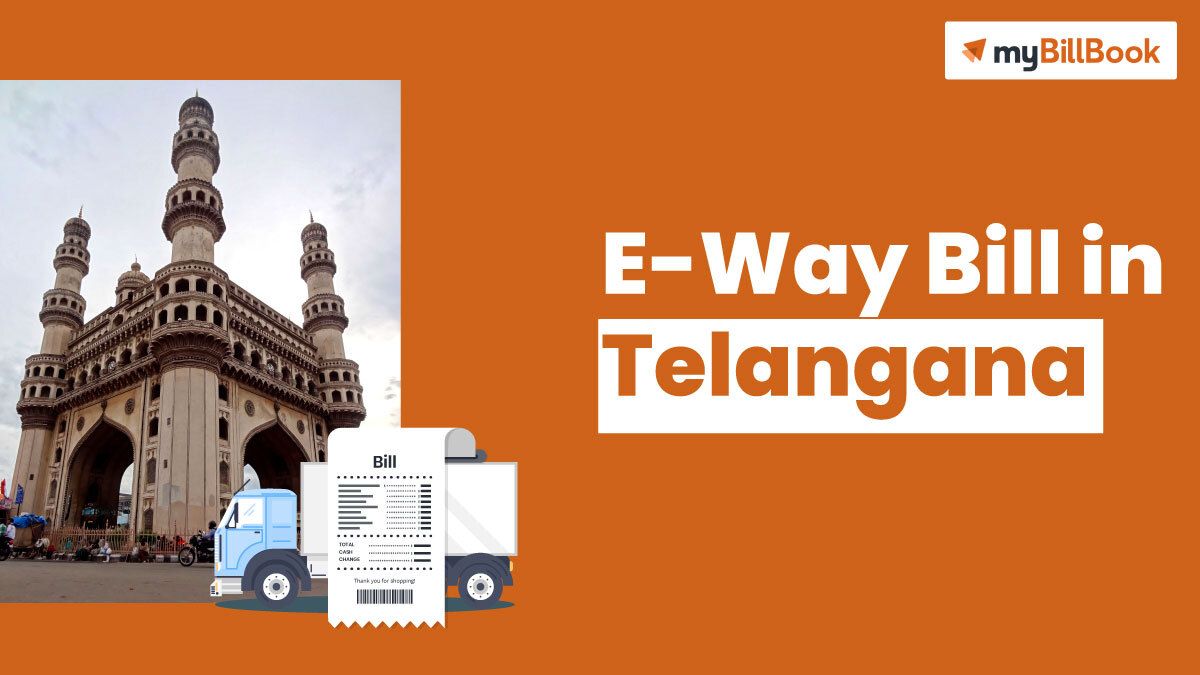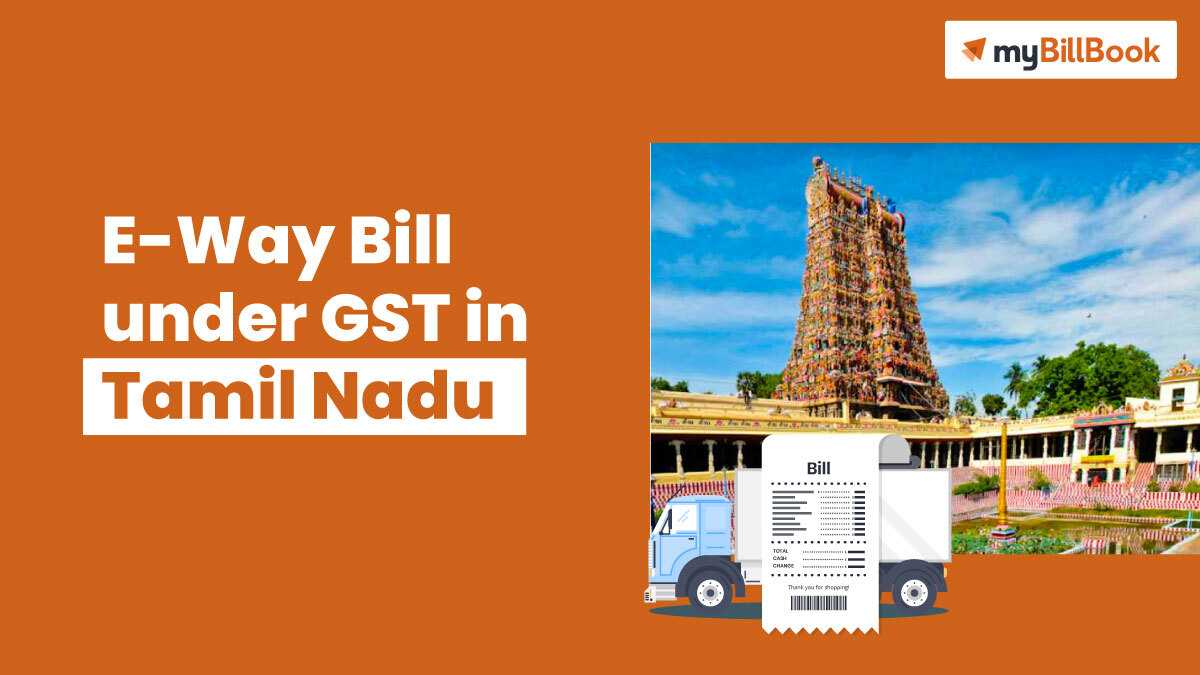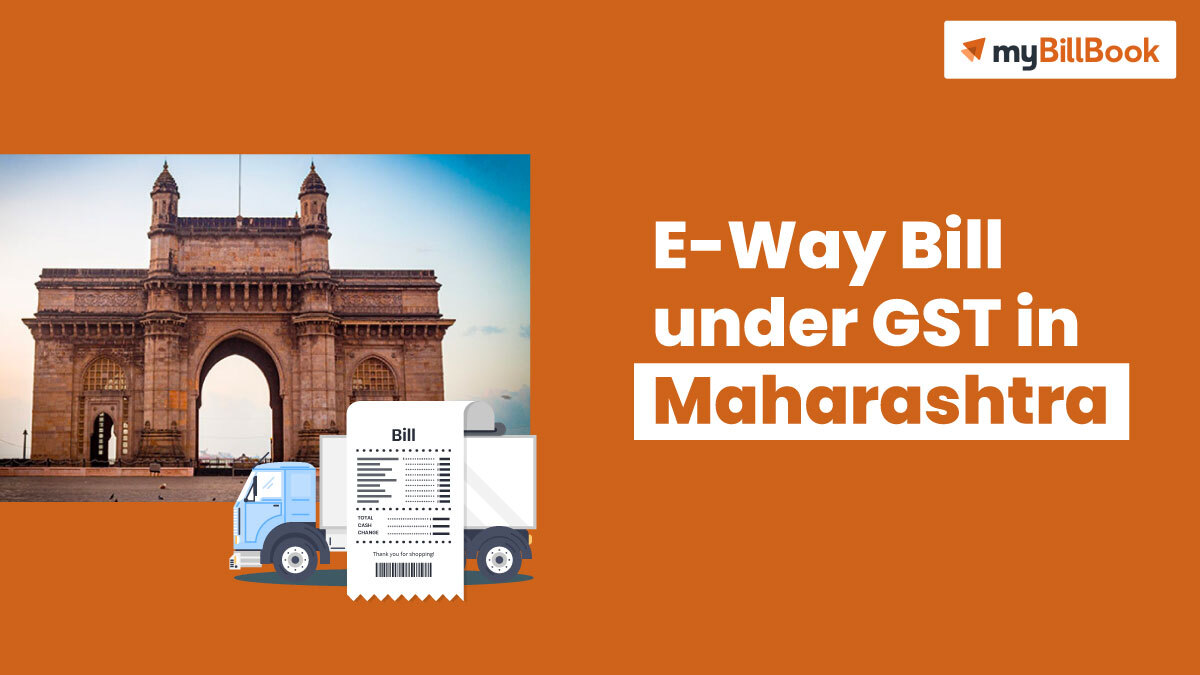An electronic record called an “e-way bill” created on the GST site serves as evidence of the transit of goods.
It consists of two parts: Part A, which contains information on the recipient’s GSTIN, the location of delivery (PIN code), the invoice or challan number and date, the value of the goods, the HSN code, the transport document number (the Goods Receipt Number, the Railway Receipt Number, the Airway Bill Number, or the Bill of Lading Number), and the reasons for transportation; and Part B, which contains information about the transporter (Vehicle number).
The interstate e-way bill limit set by the government is Rs. 50000. Every registered person who initiates the movement of goods (which may not always be due to the supply of goods) with a consignment value greater than Rs. 50000/- is required to provide the information above in part A of an e-way bill following Rule 138 of the CGST Rules, 2017. The portion B holding the transportation information aids in the creation of the e-way bill.
Objectives
As part of the GST, an E-Way bill for interstate and intrastate goods movement was introduced to ensure that goods were transported to the correct destination. Below is an overview of how it works and how the government hopes it will improve the tax system.
The objectives of the E-way bill are:
- Facilitating the seamless inter-state movement of goods
- Preventing under-invoicing or over-invoicing of goods to evade or reduce tax liability
- Ensuring ease of doing business for taxpayers.
- Assisting in checking and eliminating tax evasion.
- No additional transit pass is required to move goods between States.
- With it, departmental policing is replaced with a self-declaration model for the movement of products.
Who can create an e-way bill for interstate and intrastate movement?
Authenticated Seller
Suppose the relocating registrant is acting as the consignor (i.e., seller) or the recipient of the supply is acting as the consignee in the relocating transaction. In that case, they may electronically on the common portal generate the e-way bill in Form GST EWB 01 after providing information in Part B of Form GST EWB 01 (i.e., buyer).
The registered person must start transporting the items, but if they are later turned over to the transporter without an e-way statement, the transporter must create an e-way bill.
Transporters produce e-way bills using registered individuals’ data in Part A of Form GST EWB 01. The registered person enters details about the carrier in Part B of Form GST EWB01.
Unauthorized Seller
Let’s say someone who isn’t registered for GST transports goods with a personal vehicle, a rented vehicle, or a transporter. The e-way bill must then be generated by either the transporter or the unregistered person.
Therefore, the person transferring the goods must either produce the e-way bill themselves or have the transporter do so on their behalf, even if the transporter is not registered.
Go to the website and complete Form GST EWB-01 to create an e-way bill. Even if a user is not registered for GST, they can still generate an e-way invoice through the GST Portal.
Modes of generation of e-way bill
There are multiple modes of generation of e-way bills:
- Online: Online via a browser on a laptop, desktop, phone, etc.
- Smartphones with Android-based mobile apps.
- Integrating the user’s IT system with the system for creating e-way bills via API (Application Program Interface).
- Creating e-way invoices in bulk using a tool.
- Suvidha Providers’ third-party-based system.
- Via SMS using a registered mobile number.
Features of the e-way bill portal
The e-way bill portal is a simple yet powerful tool that allows businesses to generate and manage e-way bills.
The features of the e-way bill portal are:
- The user can develop masters of his customers, suppliers, and products for simple e-way bill creation.
- The ability to manage e-way bills: businesses can use the portal to view, edit, and delete e-way bills.
- To generate an e-way bill, a user can create sub-users and responsibilities on the portal.
- Individuals who have registered their email address or cell phone number will receive alerts via email and SMS.
- Each e-way bill will have a QR Code to make it simpler to review the details.
- Vehicles carrying multiple consignments can generate a combined e-way bill.
- The user has access to the e-way faults created on their behalf.
- There are various ways on the portal to create an electronic waybill for convenience.







